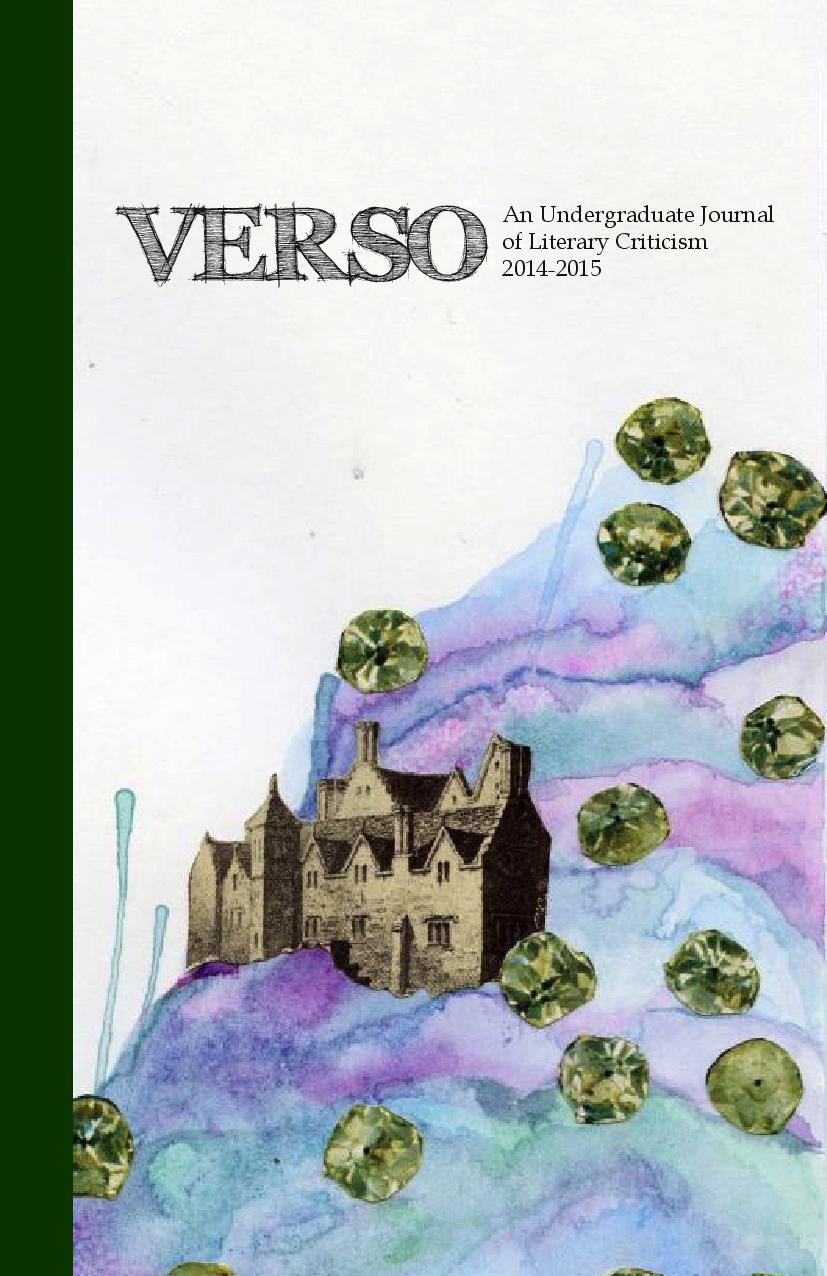"High Flying Liberty of Conceit" in the Poetry of Sir Philip Sidney and John Donne
Abstract
In the early part of The Defense of Poesy, Sir Philip Sidney offers two different definitions of poetry, one emphasizing its metrical form in what he calls “an exquisite observing of number and measure in the words” and the other emphasizing its imaginative freedom or what he calls its “high flying liberty of conceit.” Clara deftly explores the tension in these differing emphases by offering a close reading of sonnets by Sidney and Donne. A sonnet‘s meter is exquisitely demanding, and both poets employ it to impressive effect. But in both cases, the poem‘s form is finally subordinate to a quite astonishingly imaginative liberty. As Clara shows, both sonnets deploy an interesting and unconventional handling of the sonnet‘s standard turn or volta, which customarily appears at line 9. In sonnet 5 of Astrophil and Stella, “It is most true that eyes are formed to serve / The inward light,” Sidney, or more properly speaking, Astrophil delays the volta until the last possible moment in line 14, setting his love for Stella in opposition to the Christian Neo-Platonism of the preceding 13 lines, a move that certainly highlights his “liberty,” even when it is not so high flying. Donne‘s Holy Sonnet 18, “Show me, dear Christ, thy spouse” similarly delays its volta to line 11, with its shocking prayer: “Betray, kind husband, thy spouse to our sights.” This surprising treatment of an ultimate revelation of the true church as a kind of betrayal takes some obvious liberties, even as it aims to fly high. It is also a “conceit”; as Clara so skillfully shows: it makes you think.
—Dr. John Baxter

